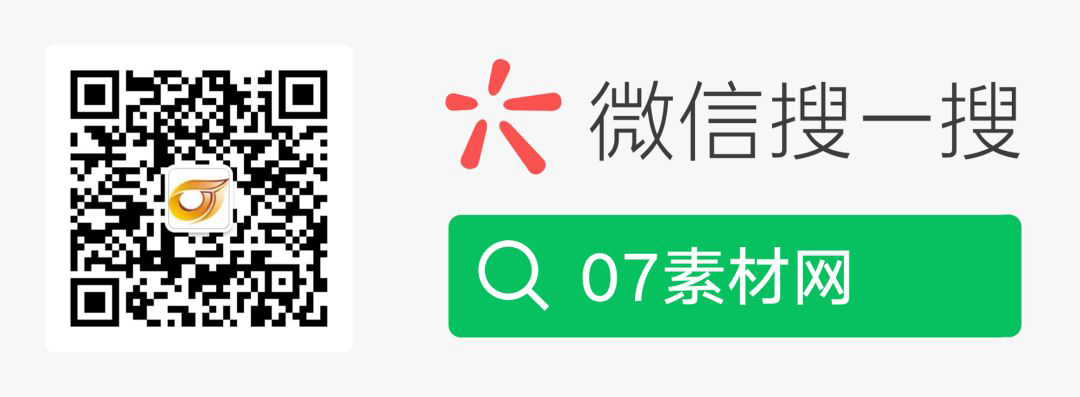在 UniApp 中,网络请求是应用与服务器交互的核心功能。UniApp 提供了 uni.request API 来处理网络请求,同时支持 Promise 和 async/await 语法。以下是 UniApp 处理网络请求的常用方法:
一、基本用法
1. 使用 uni.request
uni.request是 UniApp 提供的网络请求 API,支持 GET、POST 等请求方法。- 示例:
uni.request({ url: 'https://example.com/api/data', method: 'GET', success: (res) => { console.log('请求成功:', res.data); }, fail: (err) => { console.log('请求失败:', err); } });
2. 传递参数
- 通过
data属性传递请求参数。 - 示例:
uni.request({ url: 'https://example.com/api/data', method: 'POST', data: { key1: 'value1', key2: 'value2' }, success: (res) => { console.log('请求成功:', res.data); } });
3. 设置请求头
- 通过
header属性设置请求头。 - 示例:
uni.request({ url: 'https://example.com/api/data', method: 'GET', header: { 'Authorization': 'Bearer token' }, success: (res) => { console.log('请求成功:', res.data); } });
二、高级用法
1. 使用 Promise
- 将
uni.request封装为 Promise,方便使用then和catch处理结果。 - 示例:
function request(url, method, data) { return new Promise((resolve, reject) => { uni.request({ url, method, data, success: (res) => resolve(res.data), fail: (err) => reject(err) }); }); } request('https://example.com/api/data', 'GET') .then((data) => console.log('请求成功:', data)) .catch((err) => console.log('请求失败:', err));
2. 使用 async/await
- 结合
async/await语法,使代码更简洁。 - 示例:
async function fetchData() { try { const res = await uni.request({ url: 'https://example.com/api/data', method: 'GET' }); console.log('请求成功:', res.data); } catch (err) { console.log('请求失败:', err); } } fetchData();
3. 拦截器
- 通过封装
uni.request,实现请求和响应的拦截器。 - 示例:
const http = { interceptors: { request: (config) => { console.log('请求拦截器:', config); config.header = config.header || {}; config.header['Authorization'] = 'Bearer token'; return config; }, response: (res) => { console.log('响应拦截器:', res); return res.data; } }, request(config) { config = this.interceptors.request(config); return new Promise((resolve, reject) => { uni.request({ ...config, success: (res) => { res = this.interceptors.response(res); resolve(res); }, fail: (err) => reject(err) }); }); } }; http.request({ url: 'https://example.com/api/data', method: 'GET' }).then((data) => console.log('请求成功:', data));
三、处理跨域问题
1. H5 平台
- 在开发环境中,可以通过配置代理解决跨域问题。
- 在
manifest.json中配置代理:{ "h5": { "devServer": { "proxy": { "/api": { "target": "https://example.com", "changeOrigin": true, "pathRewrite": { "^/api": "" } } } } } } - 在代码中请求时,使用
/api作为前缀:uni.request({ url: '/api/data', method: 'GET', success: (res) => { console.log('请求成功:', res.data); } });
2. 小程序平台
- 在小程序后台配置合法域名。
- 登录微信小程序后台,进入 开发 → 开发设置 → 服务器域名,添加目标域名。
四、文件上传与下载
1. 文件上传
- 使用
uni.uploadFile上传文件。 - 示例:
uni.chooseImage({ success: (res) => { const tempFilePaths = res.tempFilePaths; uni.uploadFile({ url: 'https://example.com/upload', filePath: tempFilePaths[0], name: 'file', success: (uploadRes) => { console.log('上传成功:', uploadRes.data); } }); } });
2. 文件下载
- 使用
uni.downloadFile下载文件。 - 示例:
uni.downloadFile({ url: 'https://example.com/file.pdf', success: (res) => { if (res.statusCode === 200) { console.log('文件下载成功:', res.tempFilePath); } } });
五、总结
UniApp 提供了强大的网络请求功能,开发者可以通过以下方式处理网络请求:
- 基本用法:使用
uni.request发起请求。 - 高级用法:结合 Promise 和 async/await 简化代码。
- 拦截器:封装请求和响应拦截器。
- 跨域处理:通过代理或配置合法域名解决跨域问题。
- 文件上传与下载:使用
uni.uploadFile和uni.downloadFile。
以下是一个完整的示例,展示了如何使用 async/await 发起网络请求:
async function fetchData() {
try {
const res = await uni.request({
url: 'https://example.com/api/data',
method: 'GET',
header: {
'Authorization': 'Bearer token'
}
});
console.log('请求成功:', res.data);
} catch (err) {
console.log('请求失败:', err);
}
}
fetchData();
通过合理使用这些方法,可以高效地处理 UniApp 中的网络请求,满足应用的数据交互需求。
完整内容可以查看我的公众号文章:UniApp 如何处理网络请求?(http://www.dongblog.com/tech/530.html)。
原文出处:
内容由AI生成仅供参考,请勿使用于商业用途。如若转载请注明原文及出处。
出处地址:http://www.07sucai.com/tech/530.html
版权声明:本文来源地址若非本站均为转载,若侵害到您的权利,请及时联系我们,我们会在第一时间进行处理。

